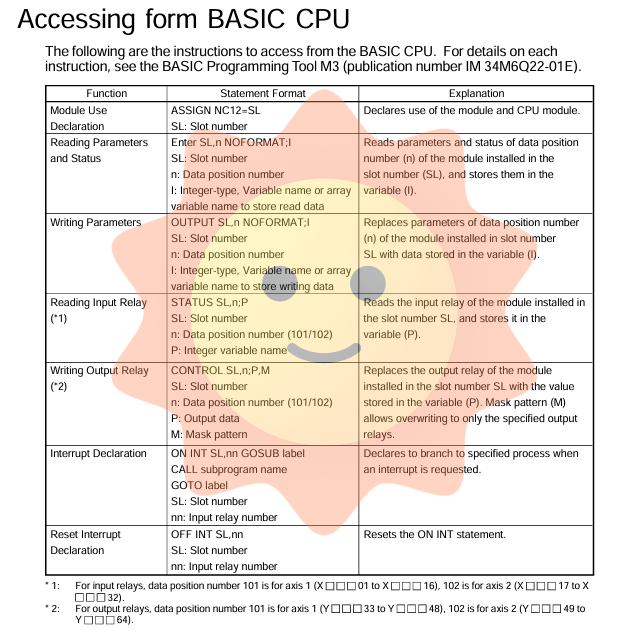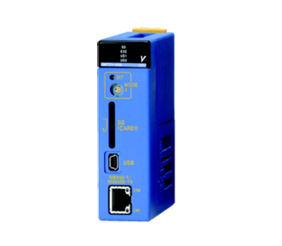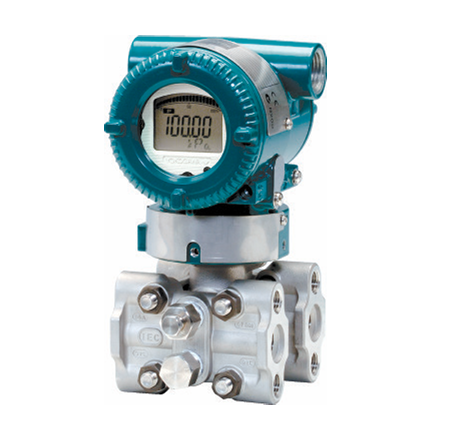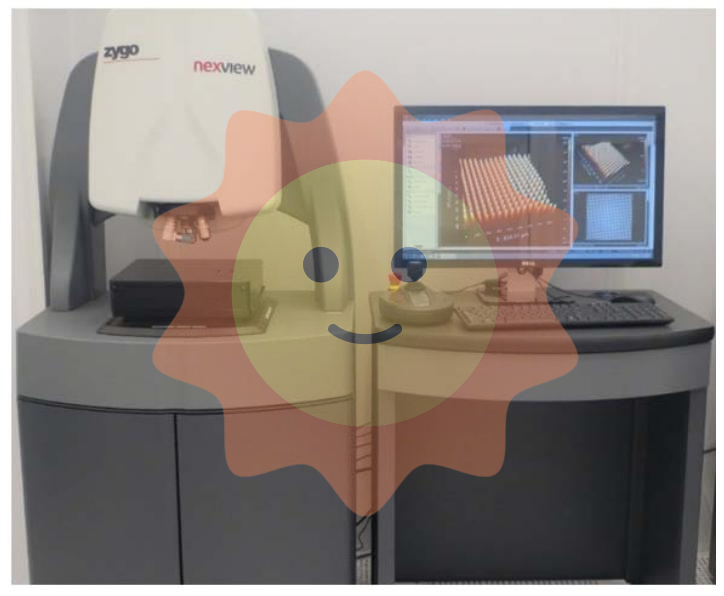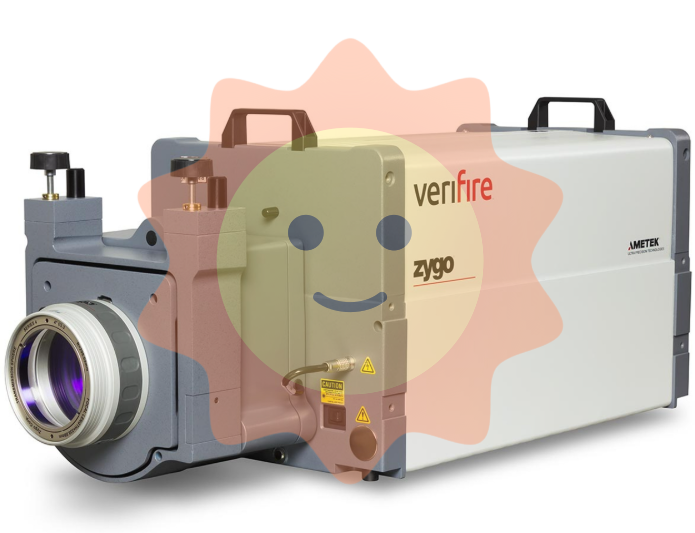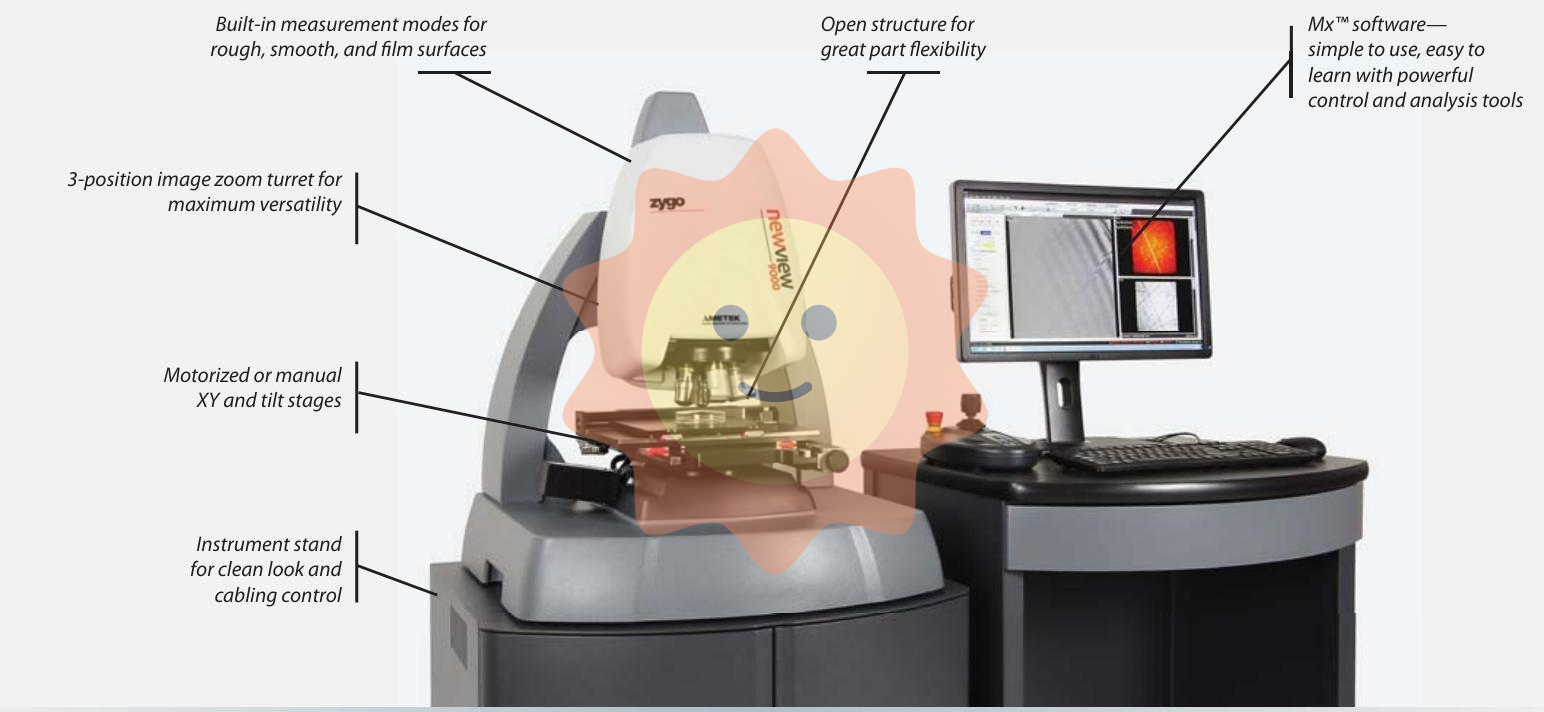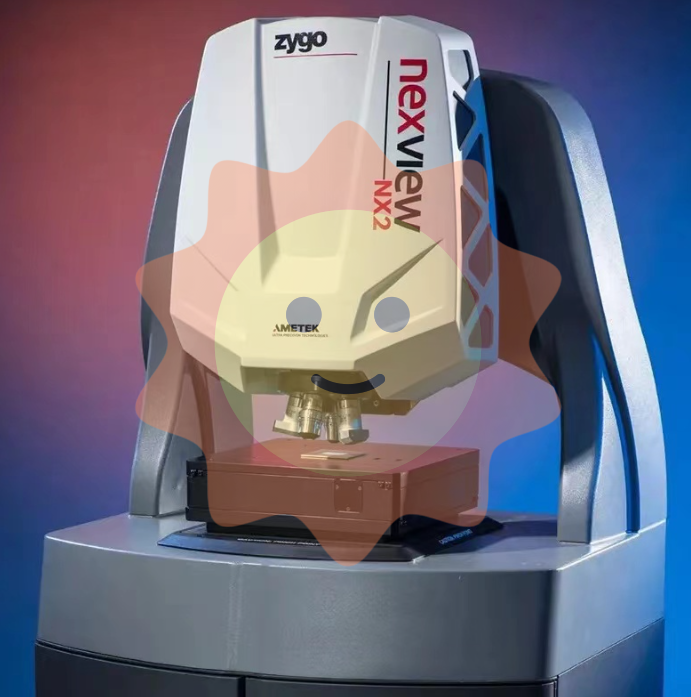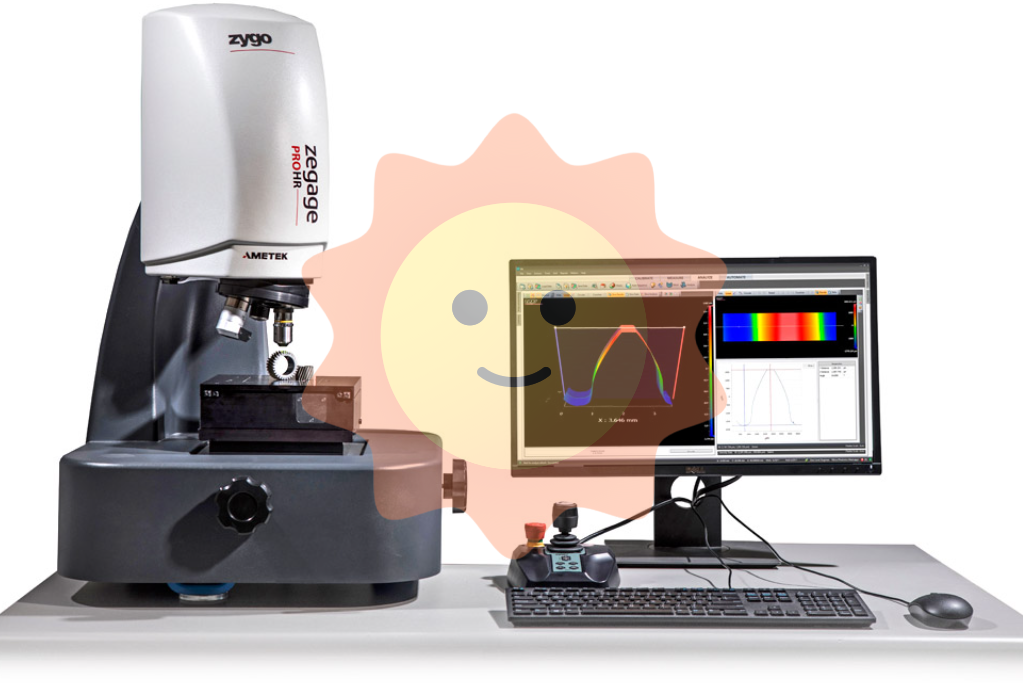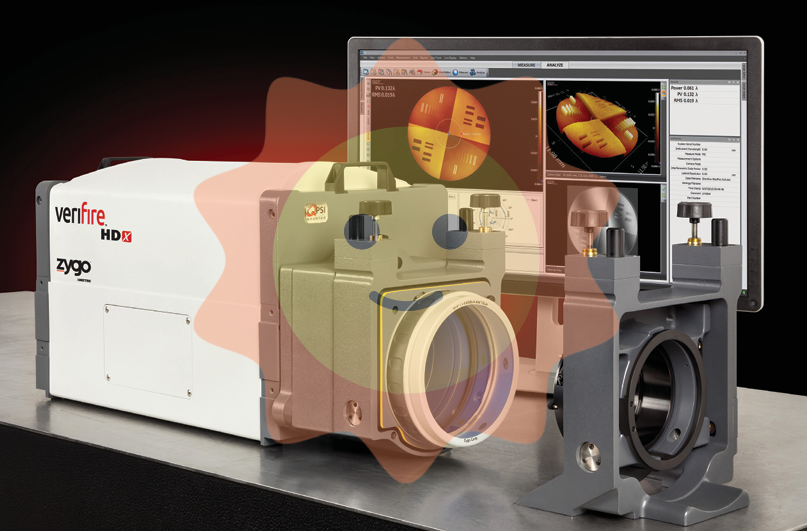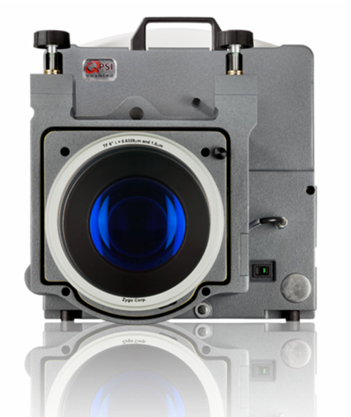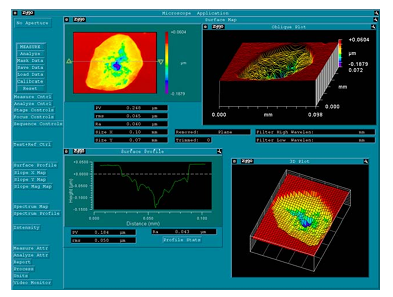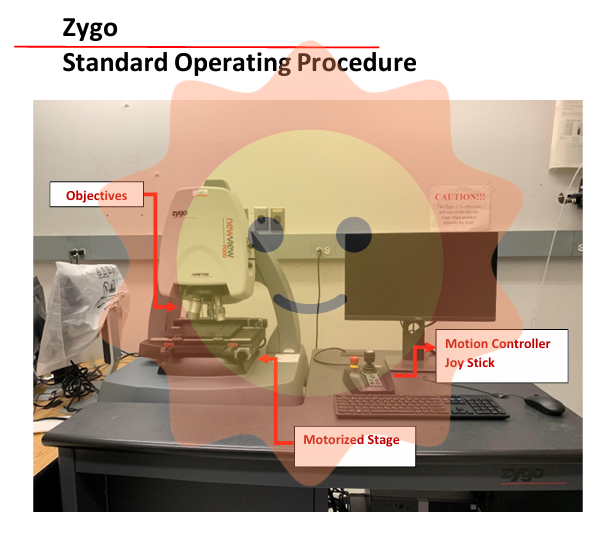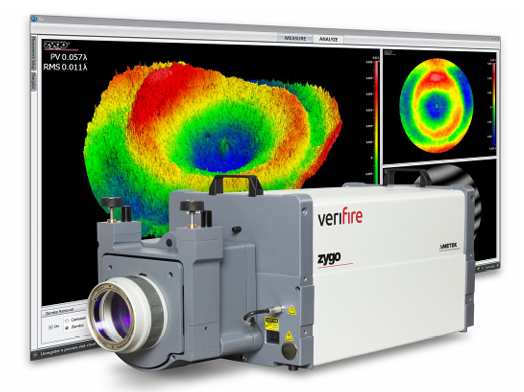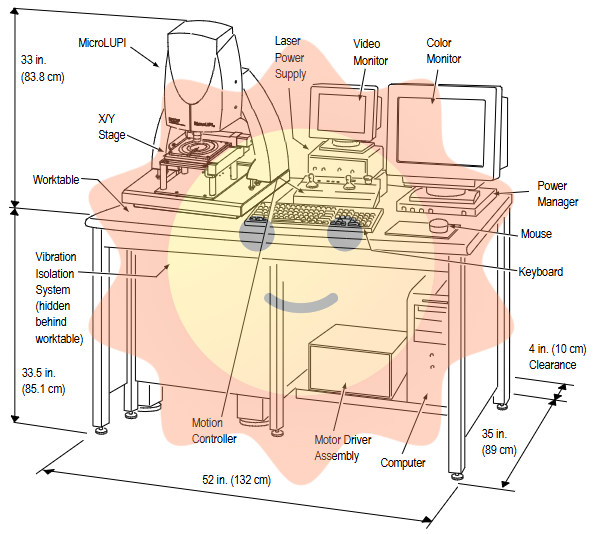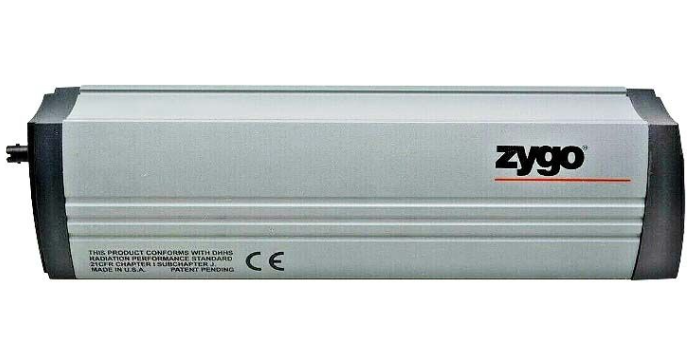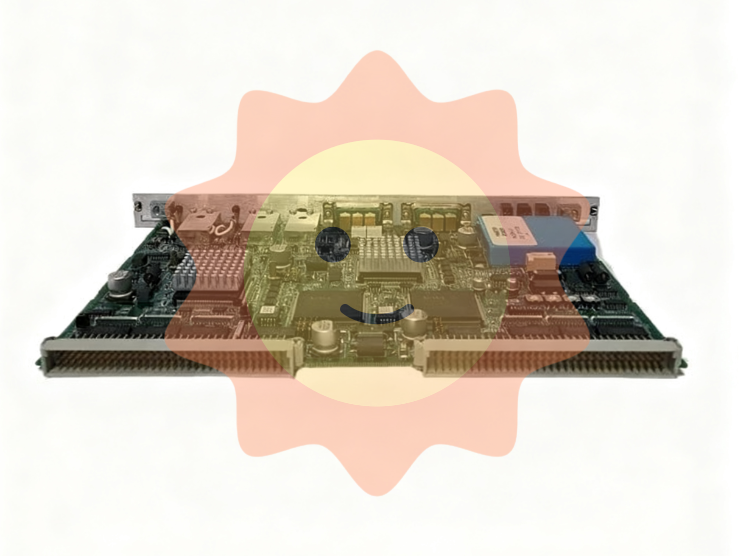GE 029.381208 is an industrial grade automation control module launched by General Electric, belonging to the category of transistor/power modules. Its core function is to implement signal processing, voltage conversion, or equipment control logic execution in industrial systems. Due to the phenomenon of "mixing original factory numbers and compatible models" in market circulation, this module has been associated and labeled by some suppliers as specifications such as General Electric 954X33, RHE08A2HHCS, CL02A310T1, etc. In reality, GE 029.381208 is used as the unique identification number of the original factory. It mainly serves industrial automation scenarios, adapts to core control systems such as PLC and DCS, and is a key component for solving the replacement needs of unpopular and discontinued equipment spare parts.
GE 029.381208 module
Product Overview
GE 029.381208 is an industrial grade automation control module launched by General Electric, belonging to the category of transistor/power modules. Its core function is to implement signal processing, voltage conversion, or equipment control logic execution in industrial systems. Due to the phenomenon of "mixing original factory numbers and compatible models" in market circulation, this module has been associated and labeled by some suppliers as specifications such as General Electric 954X33, RHE08A2HHCS, CL02A310T1, etc. In reality, GE 029.381208 is used as the unique identification number of the original factory. It mainly serves industrial automation scenarios, adapts to core control systems such as PLC and DCS, and is a key component for solving the replacement needs of unpopular and discontinued equipment spare parts.
Specification parameters
Core identification
Original factory number: GE 029.381208
Unique identification basis, all associated models are compatible or alternative specifications
Related specifications and models
954X33, RHE08A2HHCS, CL02A310T1, YASKAWA МОТОМАН 146072
Voltage parameters
Some related models support 24V/5V dual voltage output
Adapt to the low-voltage control requirements of Yaskawa robots and other equipment
Physical properties
Measurement unit: piece, with a single batch supply quantity of mostly 1 piece
Conventional circulation specifications for industrial spare parts
Interface compatibility
Adapt to PLC digital/analog signal interface, DCS system bus
The interface type needs to be confirmed based on the specific associated model
Performance characteristics
Based on the general technical characteristics and associated scenario inference of GE module, the core performance of this module is as follows:
High reliability design: Using semiconductor integration technology and built-in protection circuits, it can resist voltage fluctuations and electromagnetic interference in industrial environments, and support long-term continuous operation.
Multi scenario adaptability: Compatible with multiple brands of equipment such as GMN machine tools and Yaskawa robots, it can match different load types (such as contactors, solenoid valves, indicator lights, etc.) through parameter configuration.
Efficient signal processing: As the input/output conversion core, it can quickly complete the conversion of analog/digital signals, and the response delay meets the requirements of industrial real-time control (referring to the nanosecond delay characteristics of similar GE modules).
Wide environmental adaptability: It can work stably within the industrial temperature and humidity range (usually -20 ℃~60 ℃, humidity ≤ 90% without condensation), and is suitable for complex on-site environments such as manufacturing and energy.
Working principle
This module follows the general working logic of industrial control modules, and the core process is divided into three steps: signal reception, processing, and output:
Signal acquisition stage: Receive on-site device signals through input interfaces, including switch signals from button switches, pressure relays, etc., or analog signals from potentiometers and transmitters.
Signal conversion and operation: The built-in transistor and logic circuit convert the collected heterogeneous signals (such as 24V analog signals) into digital signals that can be processed by the CPU, while executing preset logic operations, timing, or counting instructions.
Control signal output: Convert processed digital signals into driving signals that can be received by on-site execution components, such as outputting 5V control voltage to Yaskawa robot systems, or driving production line regulating valves, alarm devices, etc.
Protection mechanism triggered: When overvoltage, overcurrent or signal loss is detected, the built-in protection circuit automatically cuts off the output or switches to bypass mode to avoid equipment damage.
Installation and operation precautions
Electrical safety operation: Before installation, the main power supply of the system must be cut off to ensure that the module pins and wiring terminals are not oxidized or loose. The high-voltage circuit and signal circuit should be separately wired to resist interference.
Environmental adaptation requirements: Avoid installing in locations with high dust concentration, corrosive gases, or severe vibrations. If necessary, install protective enclosures and heat dissipation devices.
Troubleshooting standard: When there is no output or abnormal signal, first check the power supply voltage and wiring, and then monitor the module's operating status through the RS232 port (if supported). It is forbidden to directly short-circuit the output terminal for testing.
Application scenarios
Combining module characteristics with supplier associated device information, its typical application scenarios cover three major areas:
Manufacturing automation production line: As an extension module of PLC, it is used for process control of automotive parts and electronic component production lines, such as tool feed signal processing of GMN machine tools and workstation linkage control of assembly lines.
Energy industry equipment monitoring: adapted to DCS system, used for boiler water level regulation signal conversion and pressure monitoring data transmission of oil and gas pipelines in thermal power plants to ensure stable production process.
Special equipment control system: matched with Yaskawa robots and other equipment, it realizes signal driven robot motion trajectory, logical control of grasping action, or pressure regulation of hydraulic system for heavy machinery.

- User name Member Level Quantity Specification Purchase Date
- Satisfaction :
-









Email:wang@kongjiangauto.com

